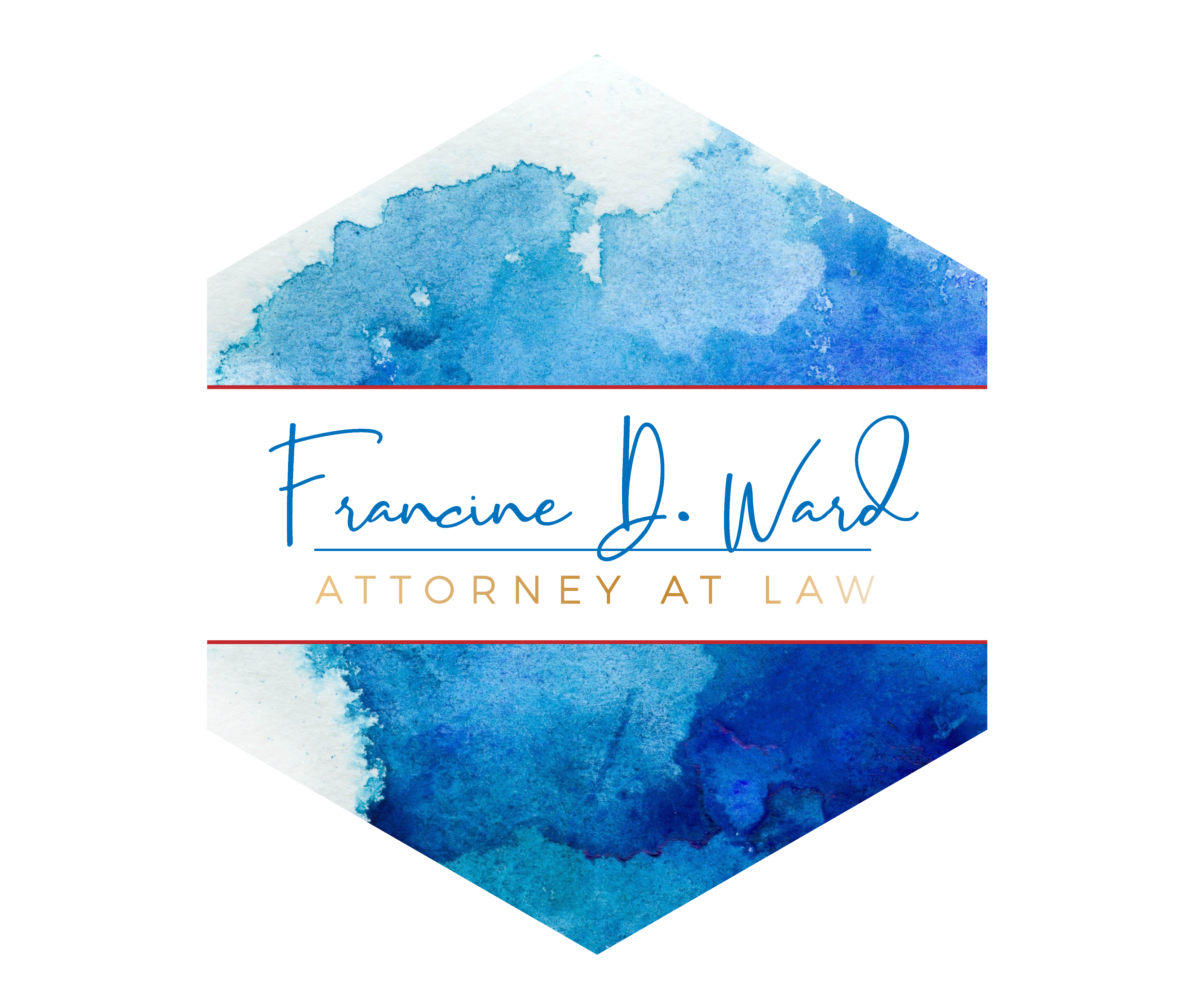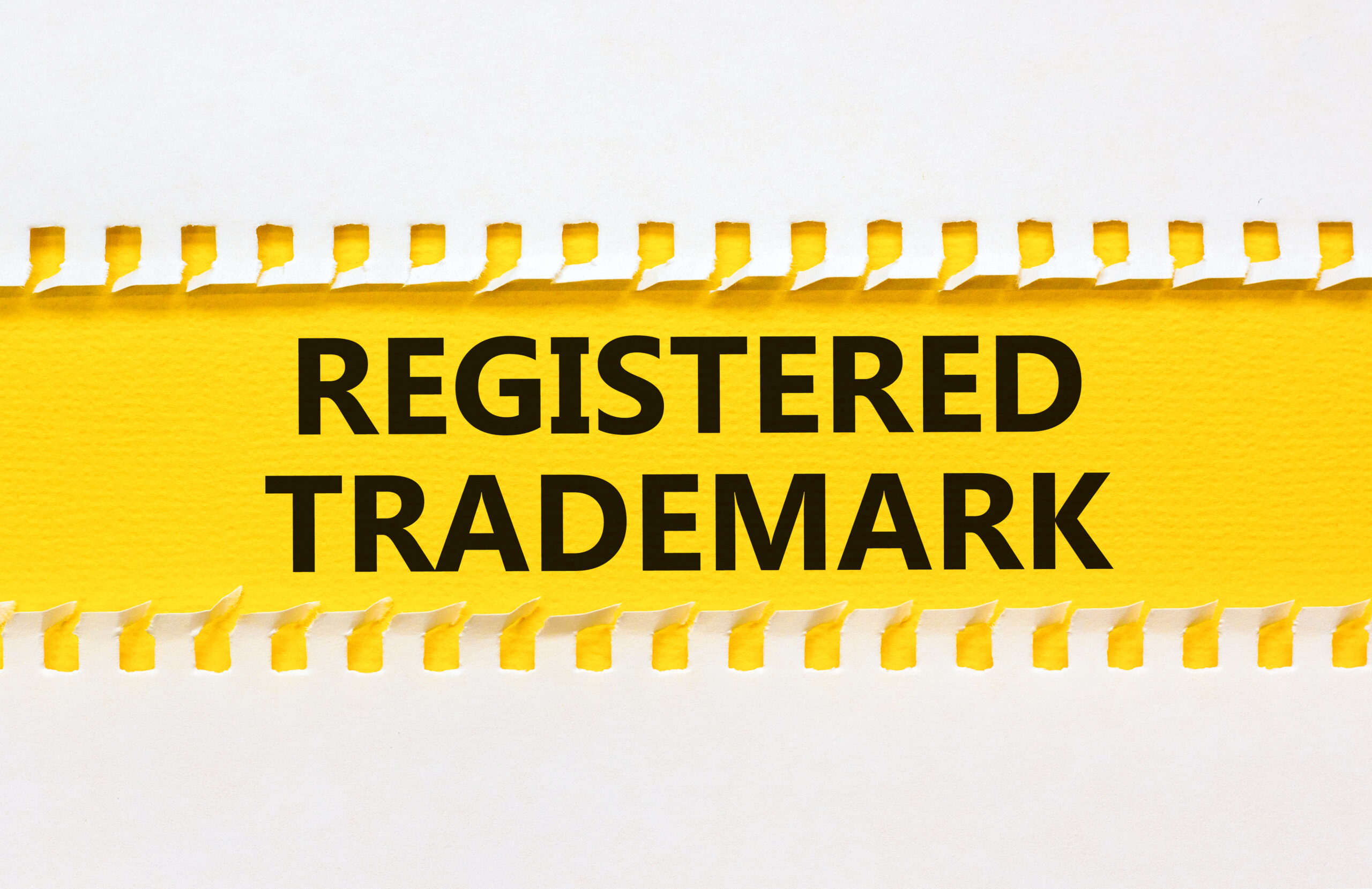Navigating Social Media in the Workplace!
Social media has infiltrated our everyday lives, and the workplace is no exception. Because of the rise of social media venues, such as Myspace, Twitter, Facebook, Second Life, and LinkedIn, employers are exposed, as never before, to vast bits of information about employees and potential candidates. In the not so distant past, much of this information would not be available, but employers now face the challenge of being exposed to this extraneous information and the legality of using it. Employers must consider whether the benefits are worth the risks of viewing an applicant’s social media site and using it in the hiring process, and if they choose to use it—to what extent?
There are several considerations an employer should take into account when entering this technological minefield. Here are a few:
- Develop a social media use policy, communicate to everyone with a need to know about it, and make sure you enforce fairly.
- Create a list of the social media that will be used for each and every applicant and what information they will use from the search, forming a consistent process.
- Delegate the social media search to a neutral party who can filter out protected class information.
- Strictly adhere to a policy of not “friending” the applicants to learn about nonpublic information from a social media profile.
- State a valid, business-related reason for the hiring decision and maintain the information to back up that decision.
- Consult with counsel before deciding to use social media information in the hiring process.
Outside of hiring, social media can be detrimental to a company’s productivity and employee relations, and can affect all aspects of the employment life cycle, making it important to address the issue in company policies. Companies, at the very least, should add broad statements and prohibitions regarding social media in the workplace to existing code of conduct, harassment, and confidentiality policies, and apply them with consistency.
Until next time, think ASSET PROTECTION!











